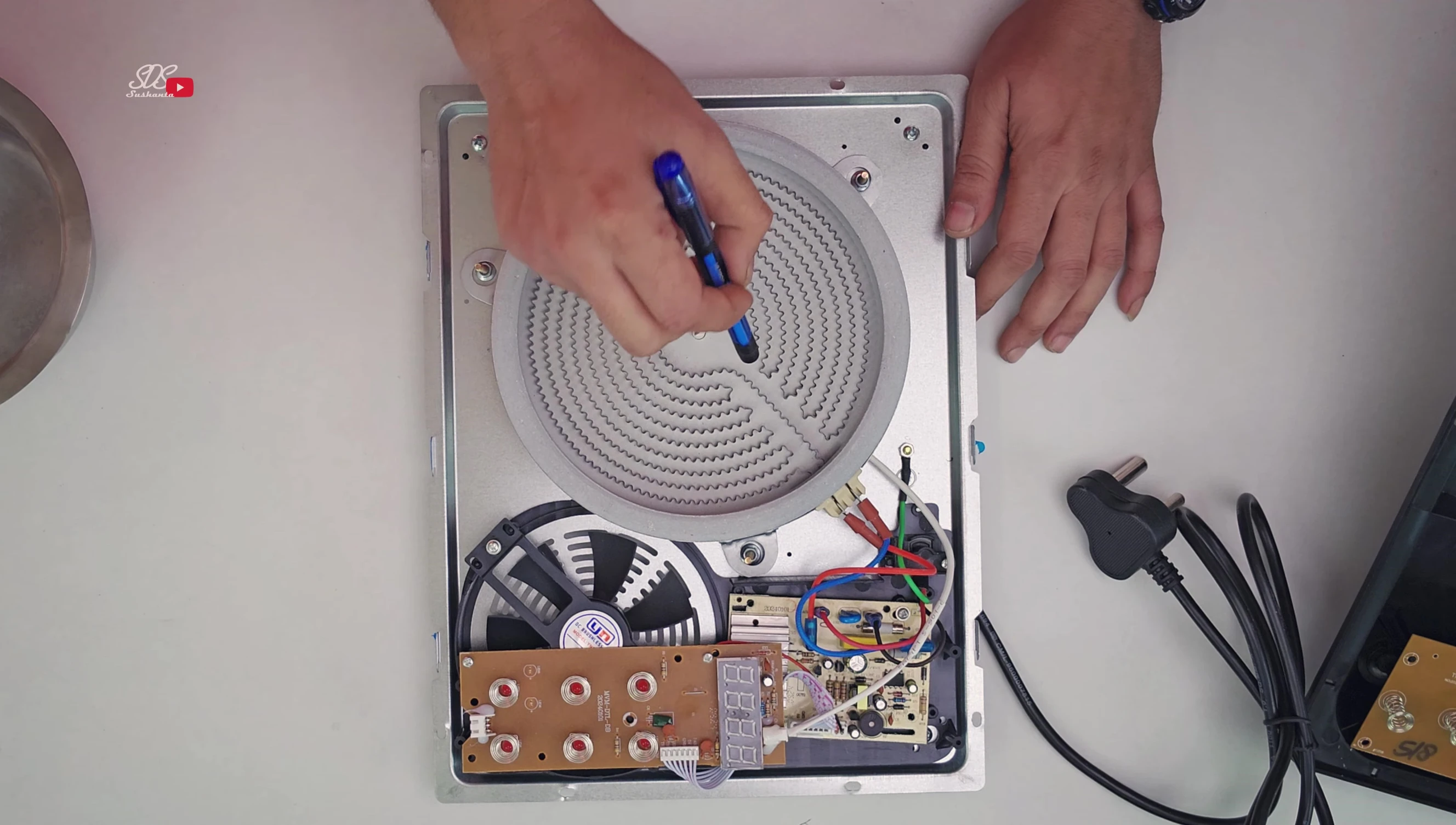Choosing between an induction and an infrared cooktop can feel overwhelming, given the array of features and technologies involved. This detailed comparison explores the key differences between these two popular cooking methods, helping you make an informed decision based on your individual needs and priorities. We’ll delve into the heating mechanisms, energy efficiency, safety aspects, cookware compatibility, and overall cost to provide a clear understanding of each technology's strengths and weaknesses.This guide will illuminate the nuances of induction's electromagnetic heating versus infrared's radiant heat, examining how these differences impact cooking performance, speed, and consistency. We'll also address practical considerations like the initial investment, ongoing running costs, and the potential risks associated with each type of cooktop. By the end, you'll be equipped to confidently choose the cooktop that best suits your cooking style, budget, and kitchen safety requirements.
Pros And Cons
- Cost efficient in the long term due to less heat wastage
- Fast heating, reduces cooking time
- Surface cools down quickly after use
- Uniform heating is not guaranteed unless cookware is perfectly even and magnetic
- Can be more expensive to repair
- Requires induction-friendly cookware; cannot directly use copper, aluminum, or ceramic.
- Requires maintaining a minimum distance from pacemakers (1.5-2 feet).
- Provides uniform heating
- Can use any type of cookware (copper, clay, aluminum)
- Lower repair cost than induction cooktops
- Higher electric bill due to more heat and energy wastage
- Slower heating time
- Surface takes longer to cool down after use
- Heats up (turns red), posing a burn risk and fire hazard (if hot oil spills).
Read more: Nuwave PIC Titanium Induction Cooktop Review: A Mixed Bag of Features
How Induction and Infrared Cooktops Work
Induction cooktops utilize electromagnetic induction. A copper coil generates an electromagnetic field when an alternating current passes through it. This field interacts with the cookware's base, inducing eddy currents that generate heat directly within the pot or pan.

Infrared cooktops, on the other hand, employ a heating element that converts electrical energy into infrared radiation. This radiation heats the cookware directly, causing the pot or pan and its contents to heat up.
The key difference lies in the heating mechanism: induction heats the cookware itself, while infrared heats through radiation. This leads to significant variations in cooking performance and energy efficiency.
Uniformity of Heating
Induction cooktops can exhibit uneven heating if the cookware is not perfectly flat-bottomed or made of a uniformly magnetic material. This can lead to hot spots and burnt food.
Infrared cooktops typically offer more uniform heating, distributing heat more evenly across the cookware's surface, resulting in more consistent cooking.
The even distribution of heat in infrared cooktops minimizes the risk of burning or sticking food, thus leading to better overall cooking consistency.
Energy Efficiency and Cost
Induction cooktops are generally more energy-efficient. Heat is generated directly within the cookware, minimizing heat loss to the surrounding environment.
Infrared cooktops lose a significant amount of heat to the air, resulting in higher energy consumption. This can lead to increased electricity bills in the long run.
The faster heating of induction cooktops also reduces cooking time, contributing further to their energy efficiency advantage and lower overall cost.
Cost and Cookware Compatibility
The initial cost of induction and infrared cooktops can vary widely depending on brand, model, and features. Pricing can overlap, making direct comparison difficult.
Induction cooktops require cookware with a magnetic base. This can limit compatibility with certain materials like copper or aluminum.
Infrared cooktops, however, are compatible with a wider variety of cookware, offering increased flexibility.
Safety and Maintenance
Induction cooktops offer a safer cooking experience due to their relatively cool surfaces. The risk of burns is significantly reduced.
Infrared cooktops, with their heating elements, pose a higher risk of burns. They also take longer to cool down after use. Care is needed to prevent accidental contact.
While induction cooktops may have higher repair costs, they are generally more durable. Infrared cooktops, due to their simpler design, might be cheaper to repair.
Conclusion
Both induction and infrared cooktops have their strengths and weaknesses. Induction cooktops offer superior energy efficiency, faster heating, and safer operation but may have compatibility issues with some cookware. Infrared cooktops are more versatile with cookware but are less energy-efficient and pose a higher burn risk.
The best choice depends on your priorities and needs. If energy efficiency and safety are paramount, induction is the better option. If cookware versatility is more important, infrared might be preferable.
Carefully consider your budget, cooking habits, and safety concerns before making a decision. Research specific models within each category to find the best fit for your kitchen.
